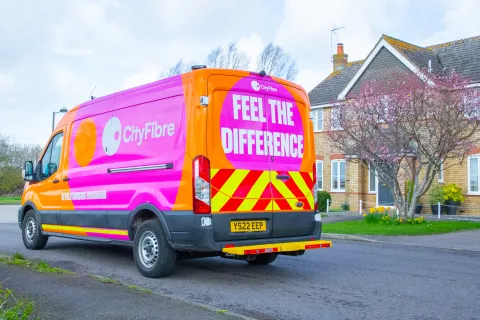
City communications
ABERDEEN BECOMES ONE OF UK’s BEST CONNECTED CITIES AS CITYFIBRE’S PRIMARY-BUILD COMPLETES
20 February 2025
The key to business continuity in the face of any disaster – be it fire, flood or equipment failure – is to have a robust disaster recovery plan. And given the old adage ‘prevention is better than cure’, adopting an agile and forward-thinking operational strategy – one that takes advantage of the technology now available, rather than sticking with traditional but inflexible connectivity solutions – works wonders too. As a reseller, describing modern connectivity solutions in terms of business continuity / disaster recovery places you in good stead as a ‘go-to’ business partner. If you’re going to implement this strategy with your own customers, here’s a guide on what you need to cover.
 Stephen Barclay, Sales Director[/caption]
The sun might be out at the moment, but with only 20 weeks left of 2016 we’ll very soon find ourselves in the midst of The Great British Winter and the onslaught of bad weather that this usually brings. For the business owner, this can be extremely costly and not just to the bottom line. Lower staff productivity, absenteeism and damage to infrastructure all have a disrupting impact on business continuity.
In fact, the Chartered Management Institute reported that 77% of organisations were adversely affected by the heavy snowfall experienced during the winter of 2012 when 63% of people were unable to go to work because of travel disruption; 46% of people had issues with school closures/childcare; 43% of external meetings and business trips were cancelled; 40% suffered loss of IT and 27% suffered loss of telecoms.
Stephen Barclay, Sales Director[/caption]
The sun might be out at the moment, but with only 20 weeks left of 2016 we’ll very soon find ourselves in the midst of The Great British Winter and the onslaught of bad weather that this usually brings. For the business owner, this can be extremely costly and not just to the bottom line. Lower staff productivity, absenteeism and damage to infrastructure all have a disrupting impact on business continuity.
In fact, the Chartered Management Institute reported that 77% of organisations were adversely affected by the heavy snowfall experienced during the winter of 2012 when 63% of people were unable to go to work because of travel disruption; 46% of people had issues with school closures/childcare; 43% of external meetings and business trips were cancelled; 40% suffered loss of IT and 27% suffered loss of telecoms.
With network projects in over 60 cities and construction underway to reach up to 8 million homes

City communications
20 February 2025

Corporate news
CityFibre, the UK’s largest independent full fibre platform, provides a financial and operational update for the year ended 31 December 2024
11 February 2025

City communications
4 February 2025